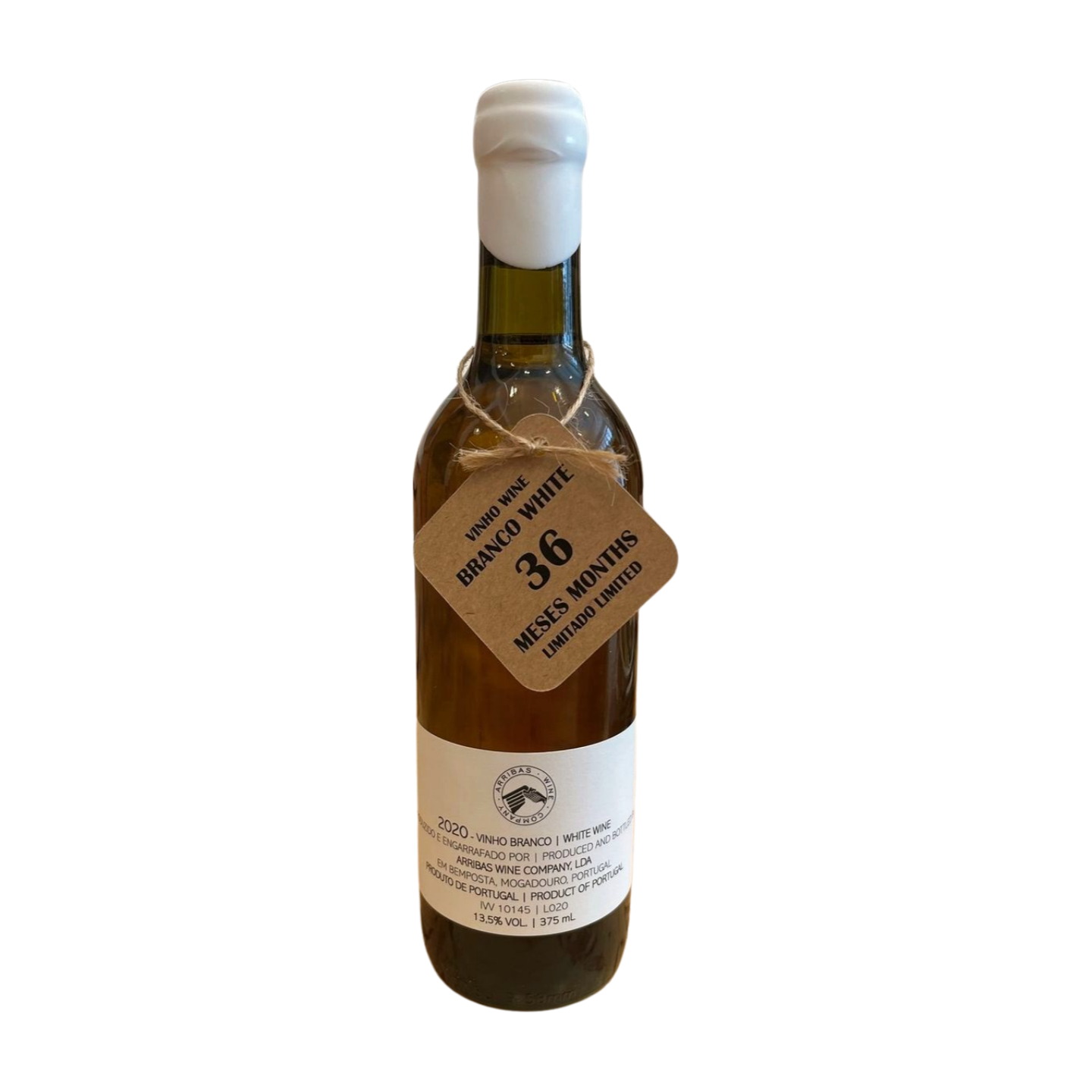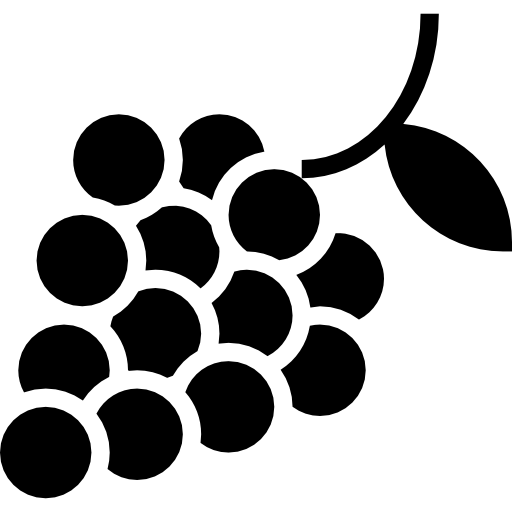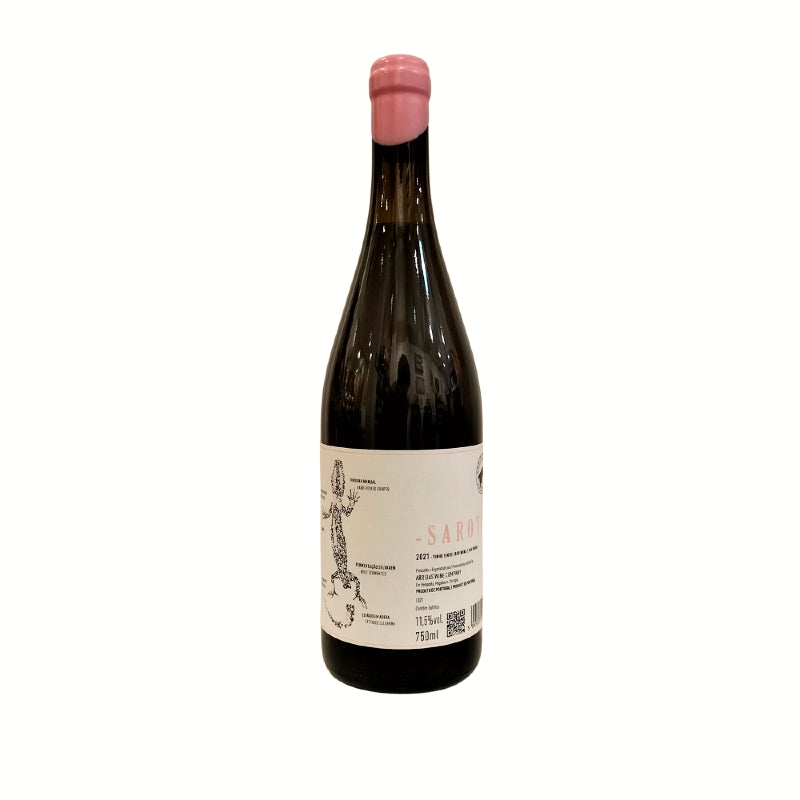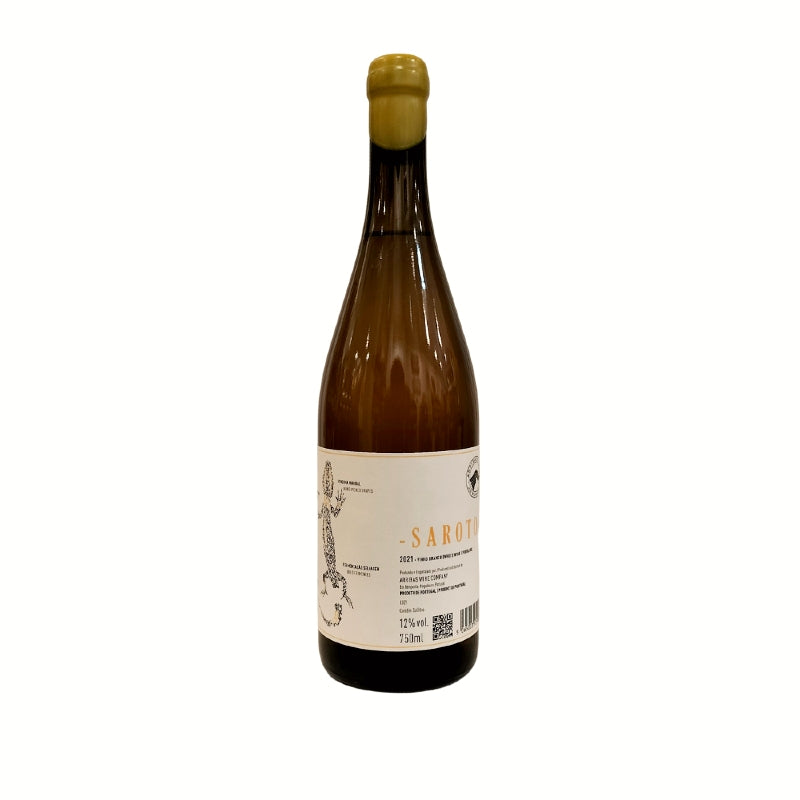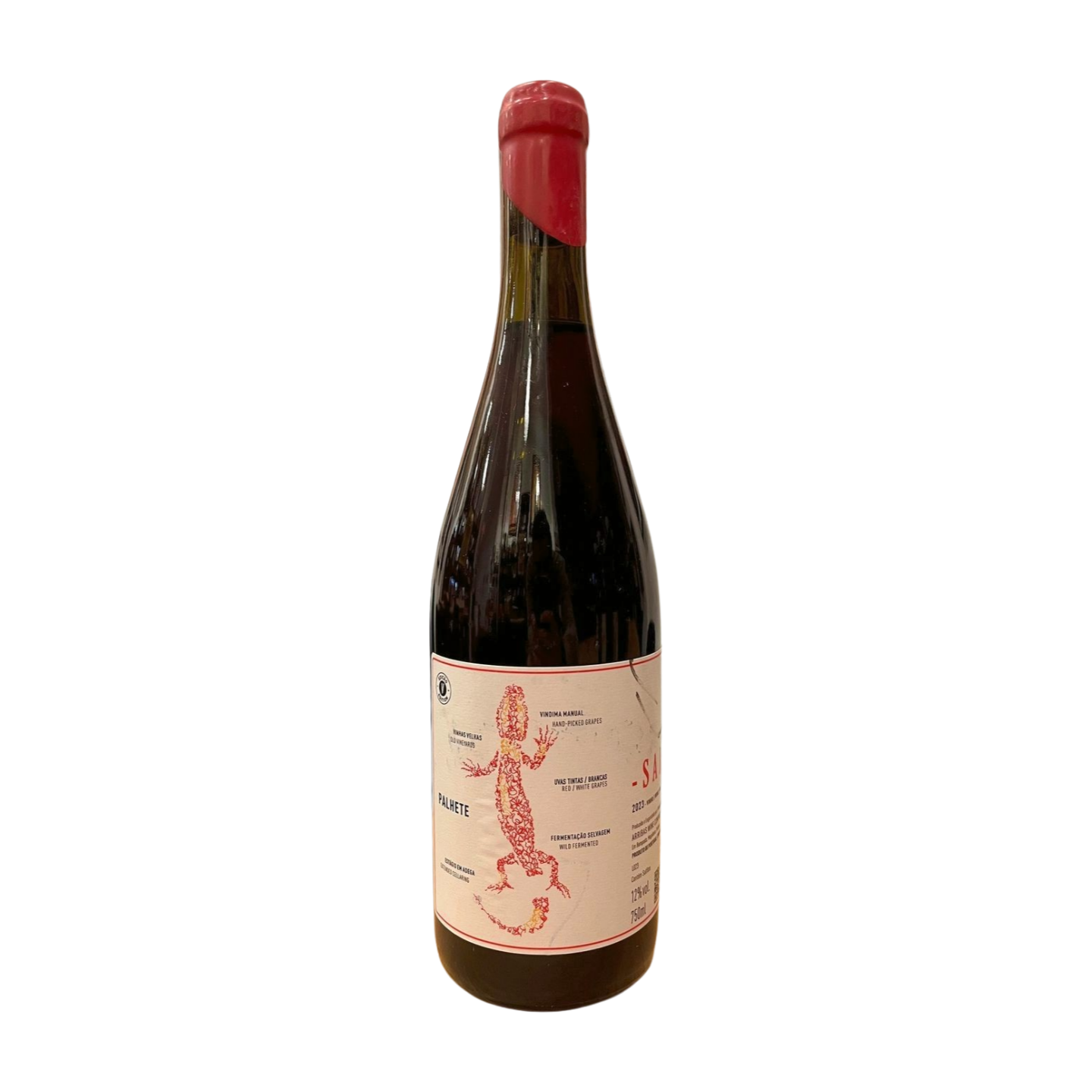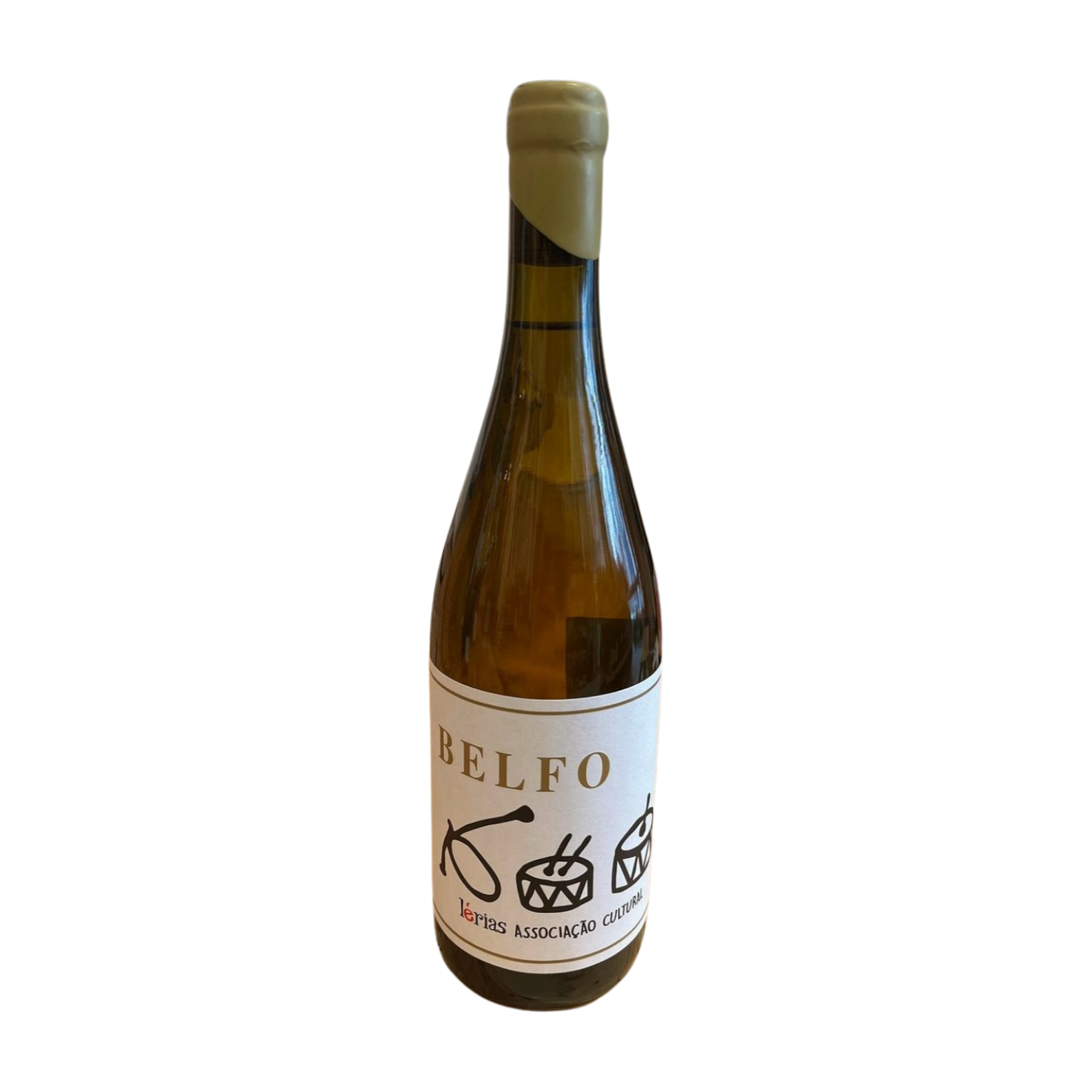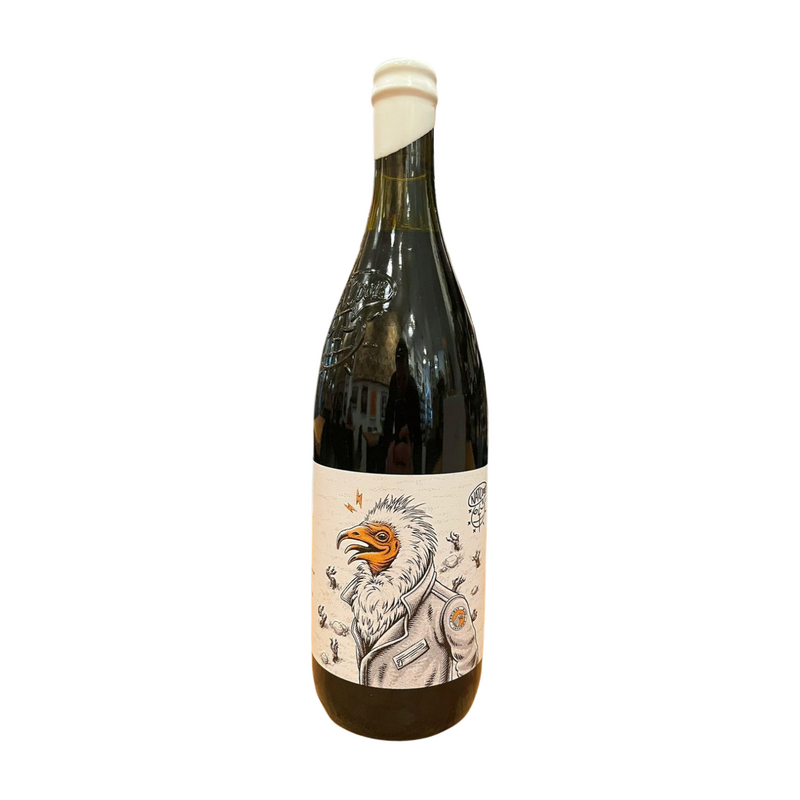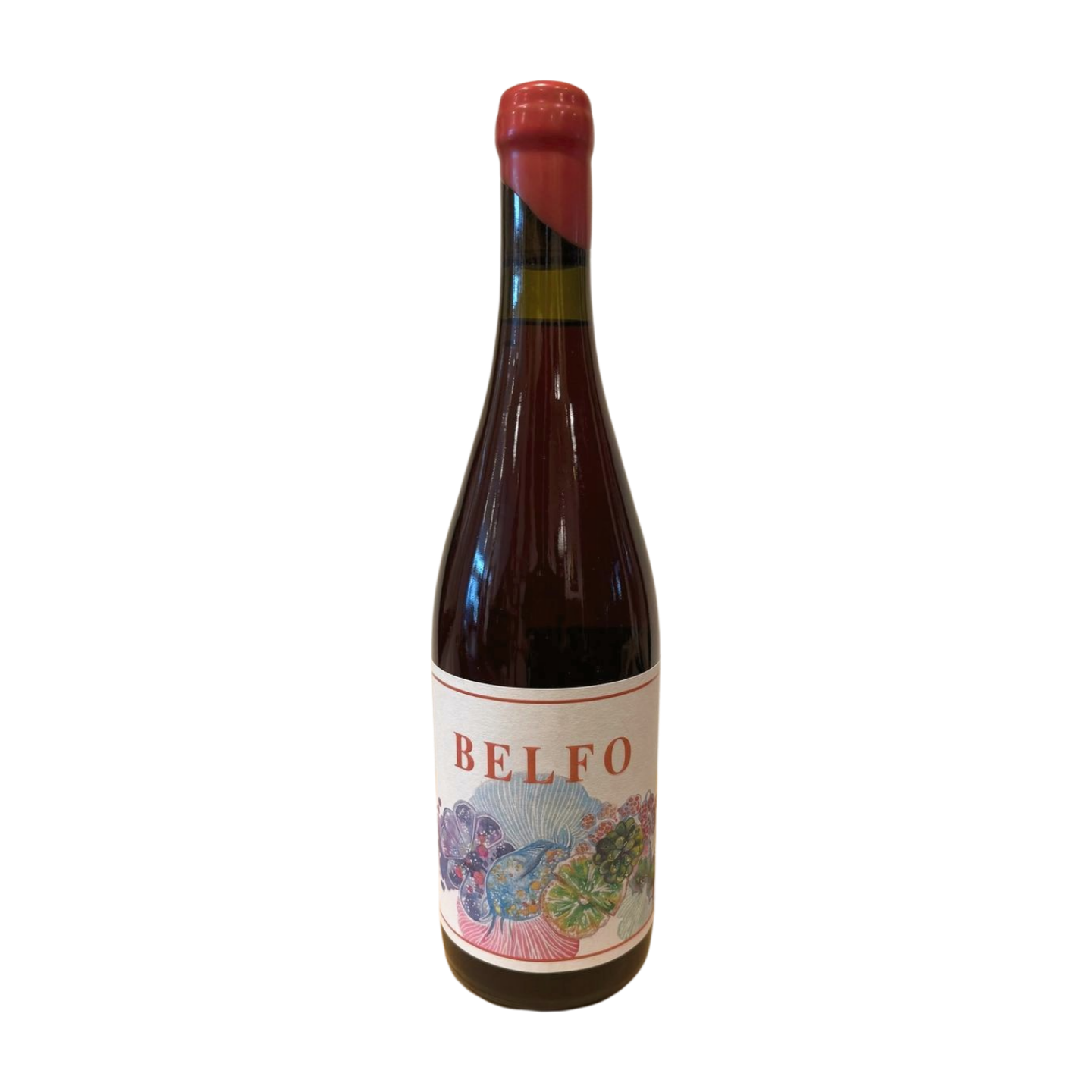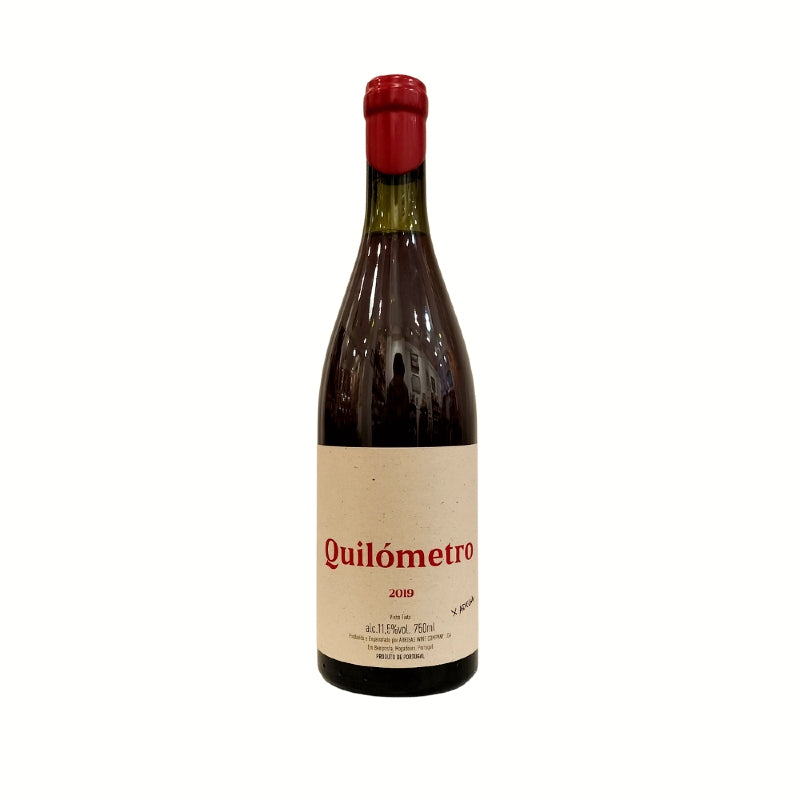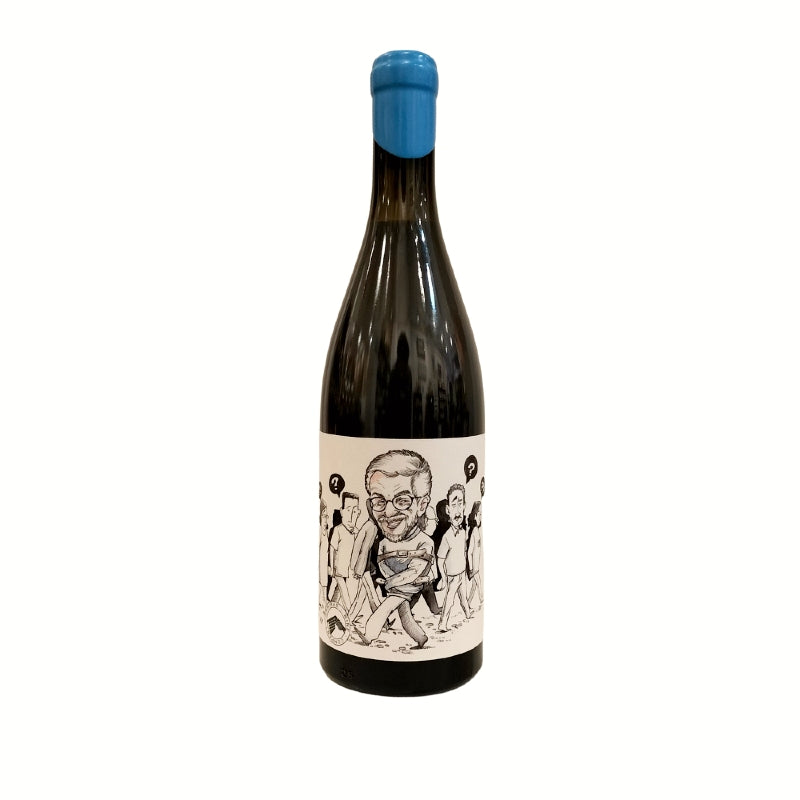A refined expression of Trás-os-Montes’ terroir, crafted from a field blend of indigenous white grape varieties grown in the village of Bemposta. The vineyards are managed with a deep commitment to sustainable practices, ensuring that the old vines, nurtured under minimal intervention, remain true to the region’s legacy. Every aspect of the viticulture emphasizes respect for nature, from organic cultivation techniques to careful hand-harvesting, all of which contribute to the purity and complexity of the fruit.
The wine is produced from a captivating blend that primarily includes Malvasia Fina and Códiga do Côa, with minor contributions from other local varieties enriching the mix. This balance is designed to capture the unique aromatic intensity and structural qualities of these castas, highlighting their intrinsic freshness while also drawing out nuanced textural elements that set this wine apart from conventional whites of the region.
Once harvested, the grapes undergo a distinctive maceration process uncommon in typical white wine production. Following gentle pressing, the must is allowed extended skin contact for approximately three to five days, during which the natural pigments, flavors, and tannic elements are subtly extracted from the grape skins. This deliberate technique imparts a complexity to the wine, marrying the vibrant, crisp characteristics of a white with an intriguing structure more often associated with red wines. After maceration, the juice embarks on natural fermentation, initiated by indigenous yeasts in a combination of temperature-controlled stainless steel tanks and large, used French oak barrels.
Following completion of fermentation, the wine rests on its lees for an additional two months. This period of lees contact refines the wine’s texture, deepening its mouthfeel and bolstering the integration of its diverse flavor components without overwhelming its inherent brightness. The use of minimal intervention throughout the process, from maceration through aging, allows the wine’s authentic expression to emerge with clarity and finesse.
In the glass, Branco Maceração displays a luminous, pale straw-yellow hue that hints at its layered complexity. The nose is greeted with an aromatic bouquet of citrus peel, green apple, and delicate white florals, seamlessly intertwined with a subtle mineral edge reflective of its unique terroir. On the palate, the wine unfolds with a bright and zesty acidity and a refined structure courtesy of its extended skin contact—delivering a fresh yet textured experience. The finish is clean and persistent, marked by lingering citrus notes and a whisper of salinity, inviting wine-educated readers to appreciate its innovative approach and well-rounded character.
